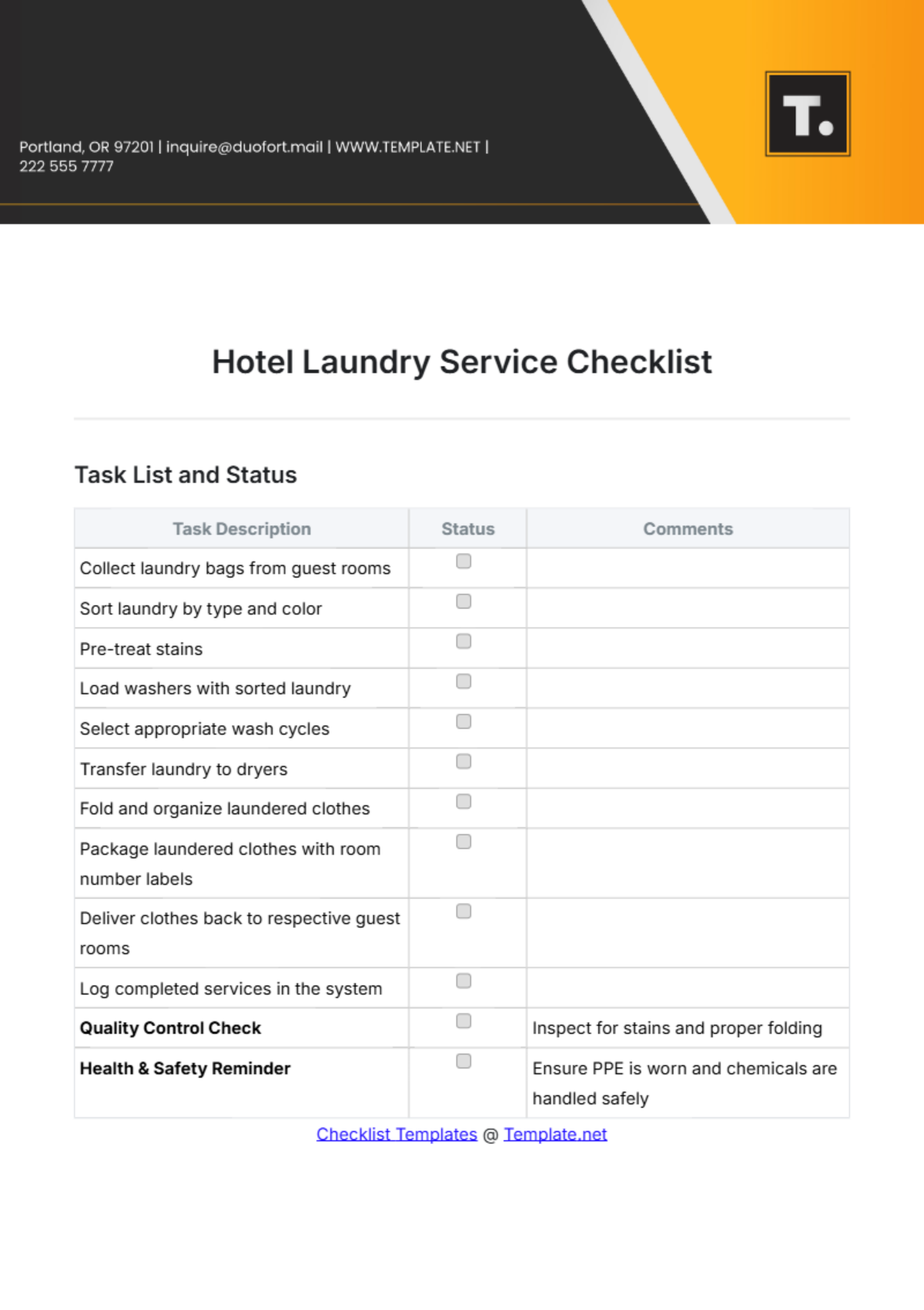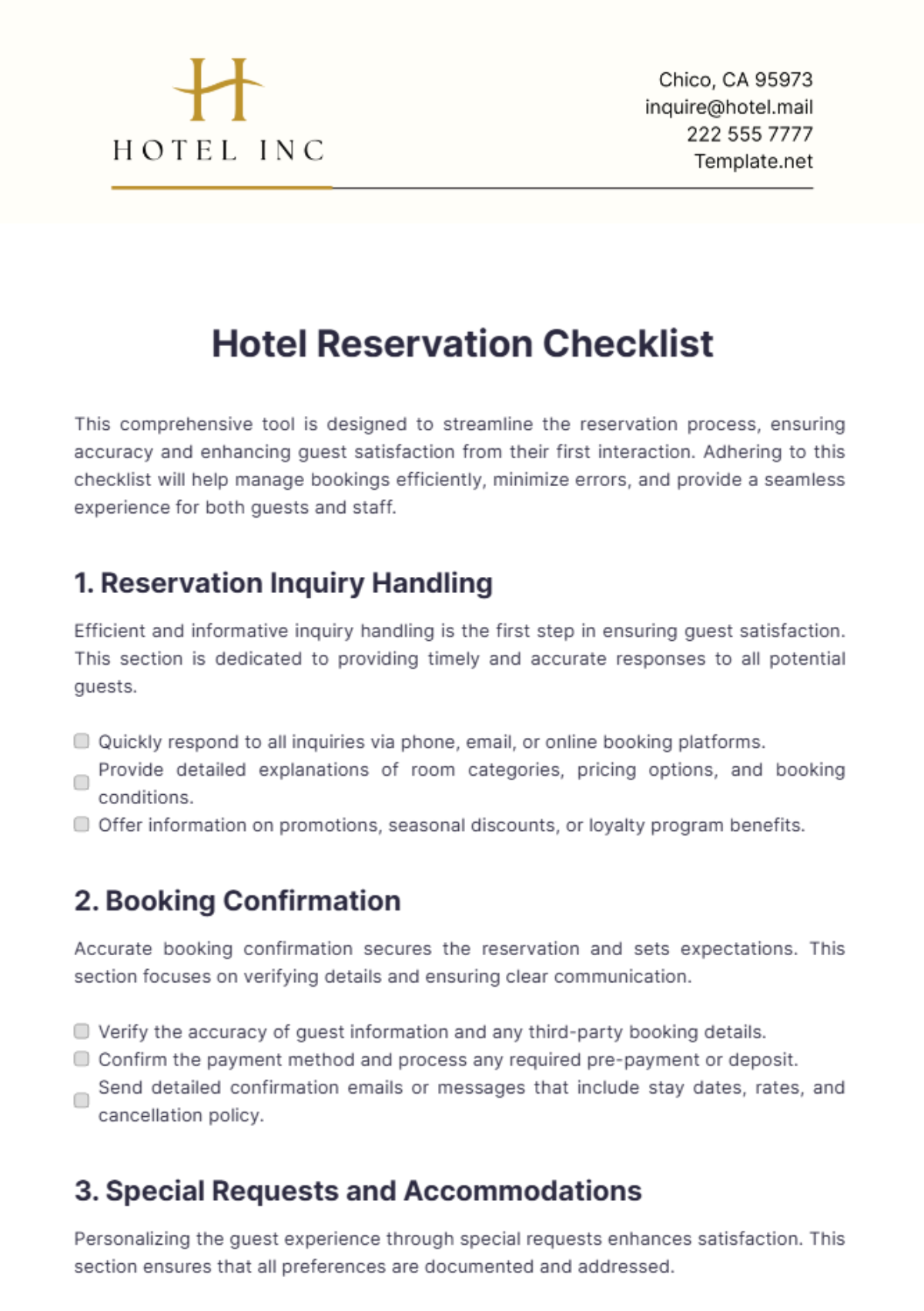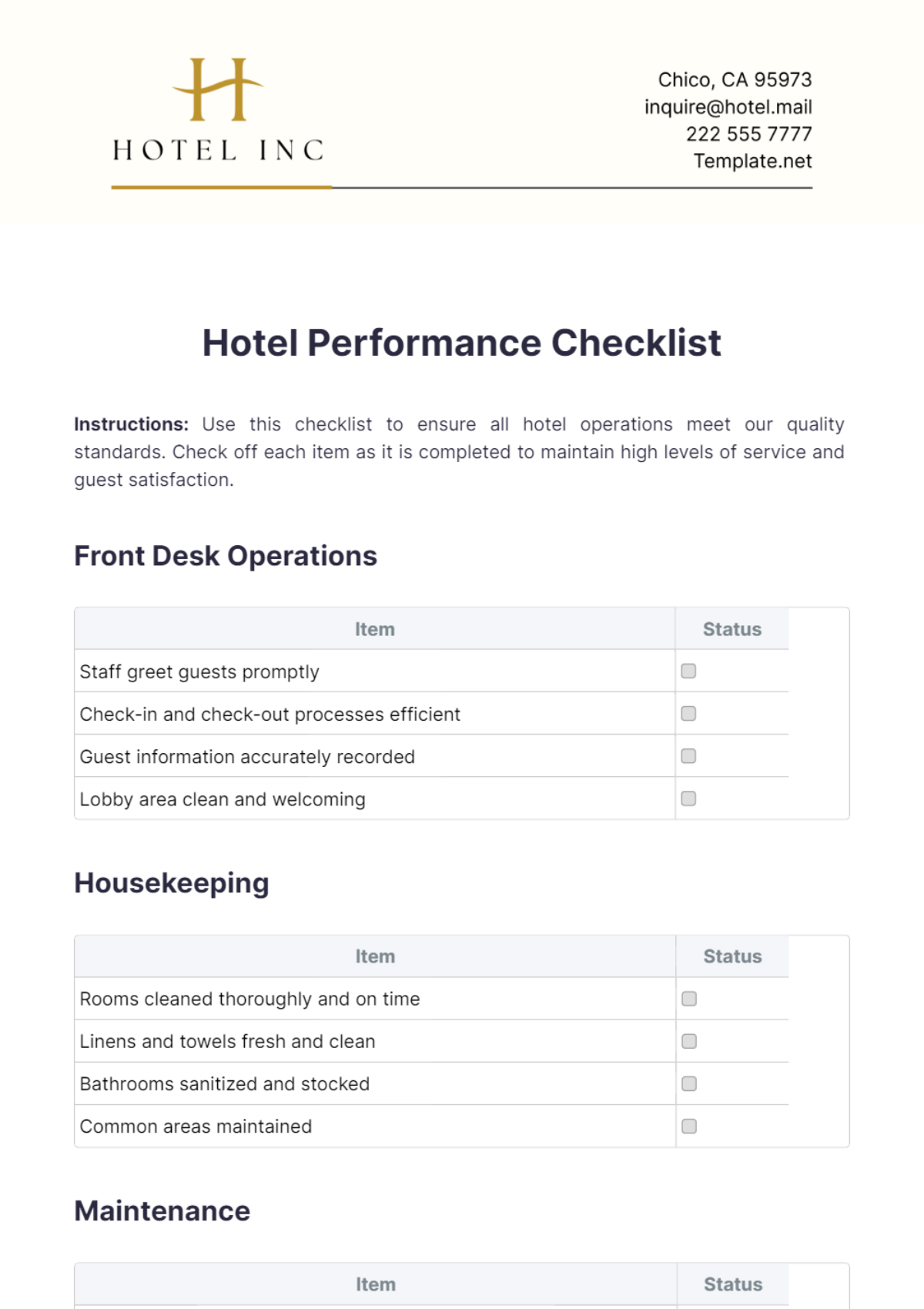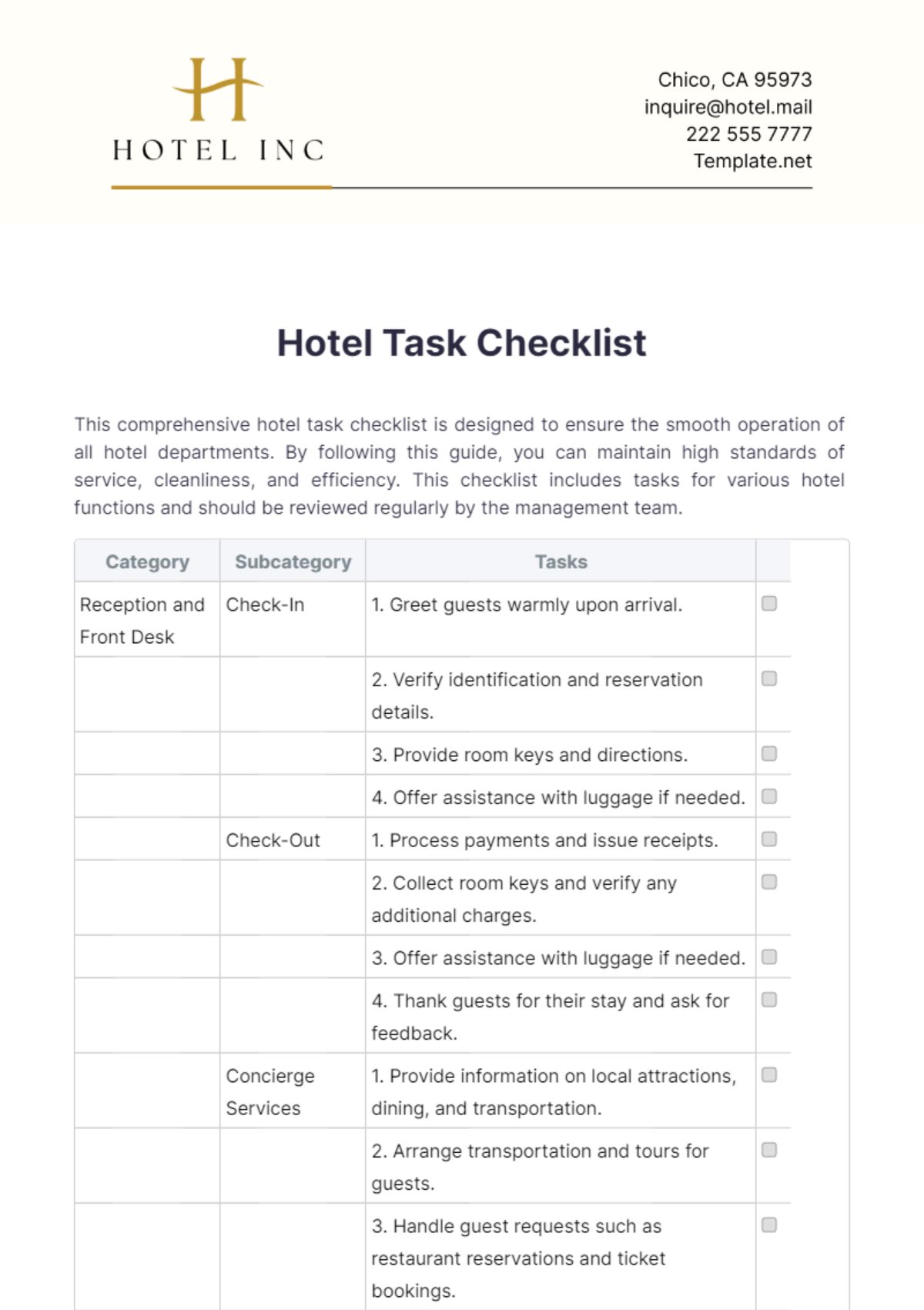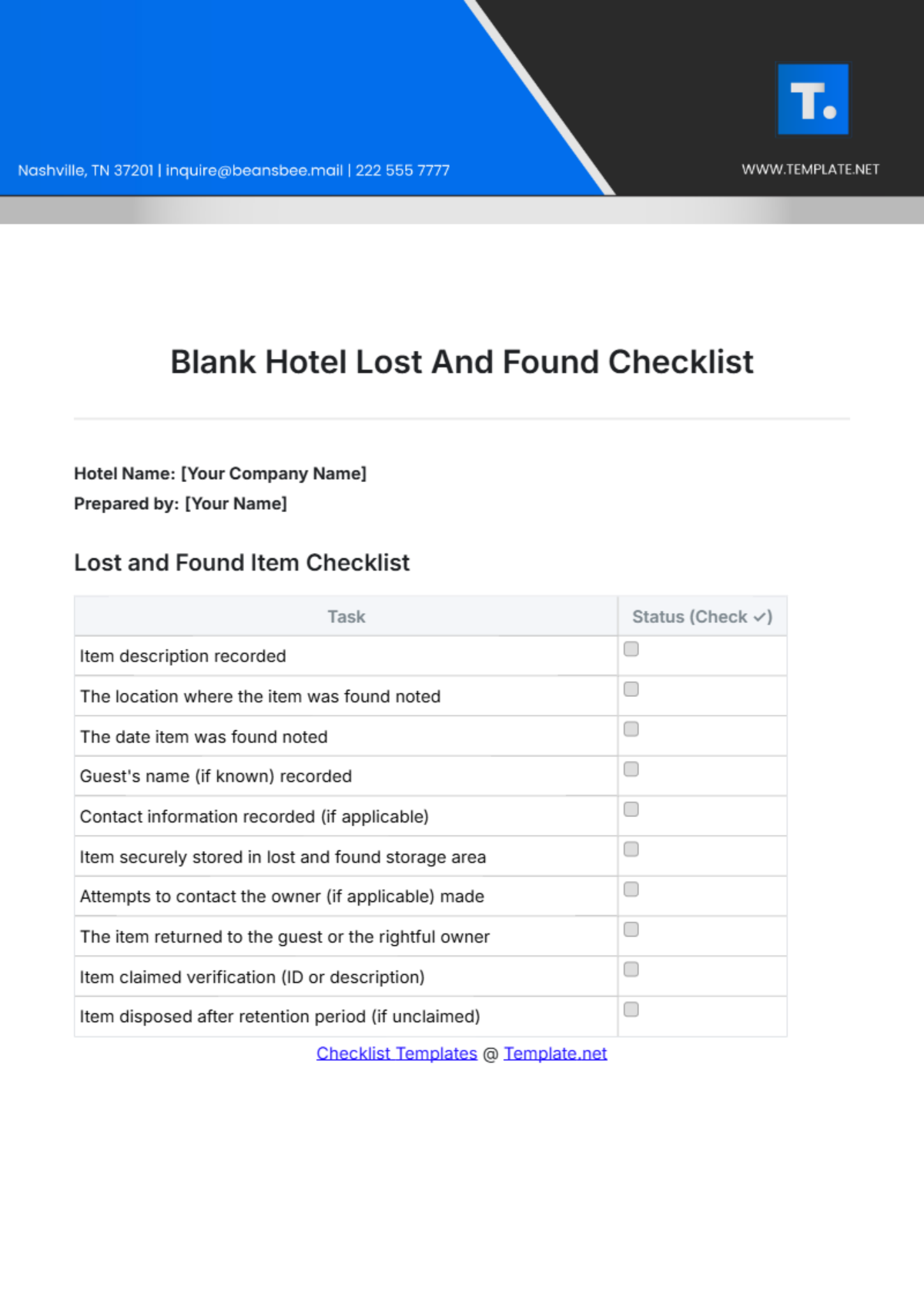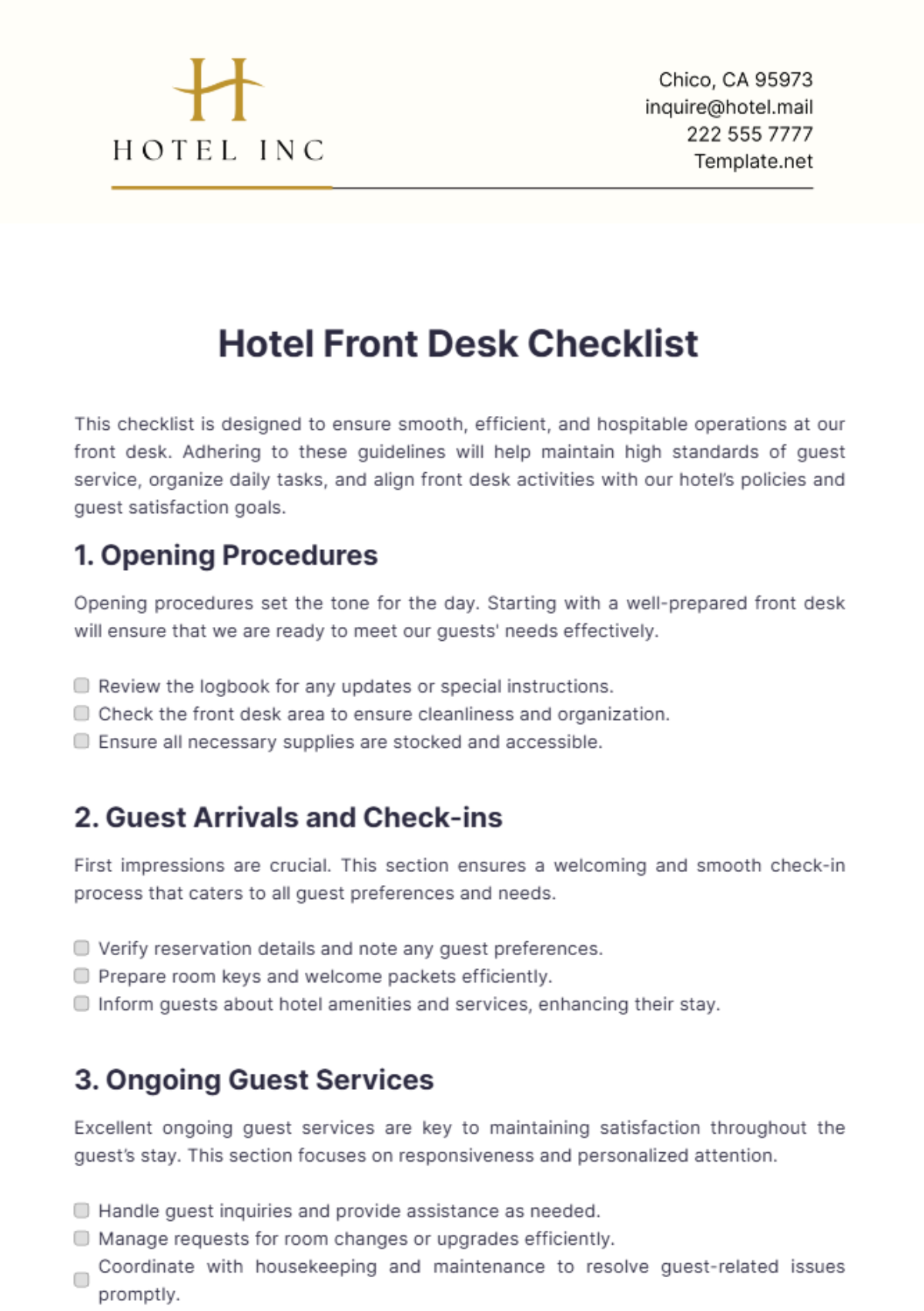Active Shooter Training Checklist
[Your Name]
[Your Company Name]
October 19, 2059
Active shooter incidents are unpredictable and can occur in various environments, including workplaces, schools, and public spaces. This training aims to equip individuals with the knowledge and skills necessary to respond effectively during such emergencies.
Pre-Training Preparation
Appoint a safety officer or emergency coordinator.
Develop and review the active shooter response policy.
Customize the active shooter plan to fit your organization’s layout.
Obtain floor plans and evacuation routes for training reference.
Notify all staff about the training session, including date, time, and location.
Prepare materials (handouts, videos, or simulations).
Conduct a risk assessment of your facility (identify vulnerable areas).
Coordinate with local law enforcement and emergency services.
Schedule debriefing sessions after training.
During Training
Introduction and Overview:
Define the purpose of the training (to save lives and ensure safety).
Explain the “Run, Hide, Fight” response strategy.
Emphasize the importance of situational awareness.
Discuss the difference between an active shooter and other emergencies.
Run Strategy (Evacuate):
Identify primary and secondary evacuation routes.
Stress the importance of leaving belongings behind.
Guide participants on how to help others escape if possible.
Instruct participants to keep their hands visible and follow law enforcement directions.
Hide Strategy (Shelter-in-Place):
Review how to find secure hiding places.
Instruct participants on how to lock/barricade doors.
Discuss the importance of staying quiet and silencing electronic devices.
Remind participants to spread out and avoid large groups.
Fight Strategy (Defend as Last Resort):
Advise participants to remain calm but decisive.
Identify potential objects to use for self-defense.
Explain teamwork and the element of surprise when counteracting the shooter.
Law Enforcement Interaction:
Educate participants on how to interact with law enforcement upon their arrival.
Instruct participants to keep their hands visible and follow instructions.
Discuss what information law enforcement needs (location of the shooter, description, etc.).
Post-Incident Procedures
Train participants on what to do after the situation is under control.
Discuss emergency first aid and triage for injured individuals.
Review organizational debriefing and mental health support options.
Provide information on contacting family members and communicating with external parties.
Post-Training Evaluation
Conduct a debriefing session for participants.
Collect feedback from trainees about the effectiveness of the training.
Evaluate the response plan and make necessary adjustments.
Schedule follow-up training or drills as necessary.
Additional Resources
Provide emergency contact lists.
Share links to active shooter preparedness materials and videos.
Offer information about ongoing training sessions or refresher courses.
This checklist ensures your training session covers the critical components necessary for active shooter preparedness. Adjust this template to suit your organization’s specific needs.






